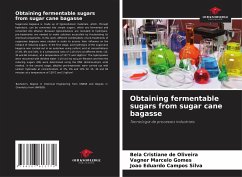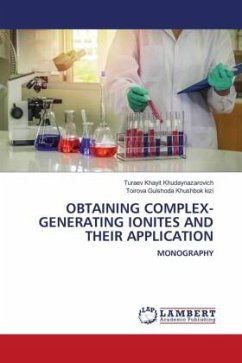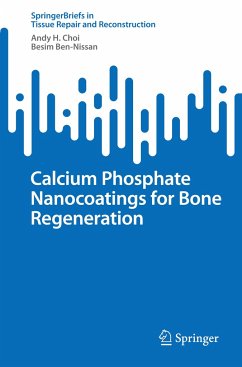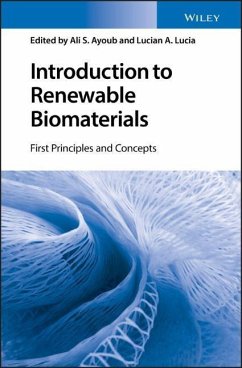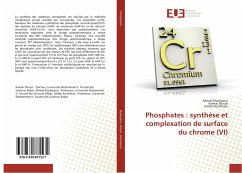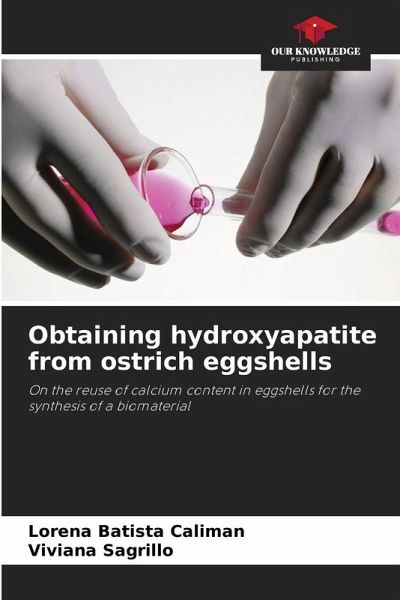
Obtaining hydroxyapatite from ostrich eggshells
On the reuse of calcium content in eggshells for the synthesis of a biomaterial
Versandkostenfrei!
Versandfertig in 6-10 Tagen
33,99 €
inkl. MwSt.

PAYBACK Punkte
17 °P sammeln!
Due to the great concern with environmental preservation, interest in processes and activities that are not harmful to the environment has grown in recent years. With this objective in mind, one of the main areas of current scientific research is waste recycling, which makes it possible to reduce the amount of waste to be stored or disposed of incorrectly and also mitigates the exploitation of natural deposits. In this context, this work seeks to show the use of ostrich eggshell agro-industrial waste for the synthesis of hydroxyapatite, a calcium phosphate with a Ca/P molar ratio of 1.67. Hydr...
Due to the great concern with environmental preservation, interest in processes and activities that are not harmful to the environment has grown in recent years. With this objective in mind, one of the main areas of current scientific research is waste recycling, which makes it possible to reduce the amount of waste to be stored or disposed of incorrectly and also mitigates the exploitation of natural deposits. In this context, this work seeks to show the use of ostrich eggshell agro-industrial waste for the synthesis of hydroxyapatite, a calcium phosphate with a Ca/P molar ratio of 1.67. Hydroxyapatite is widely used as a biomaterial due to its excellent biocompatibility and also has other technological applications. Ostrich eggshells were characterized, and because they are mainly composed of calcium carbonate, they participated in the reaction to obtain hydroxyapatite as a source of calcium ions. The hydroxyapatite obtained has desirable characteristics for use as a biomaterial






